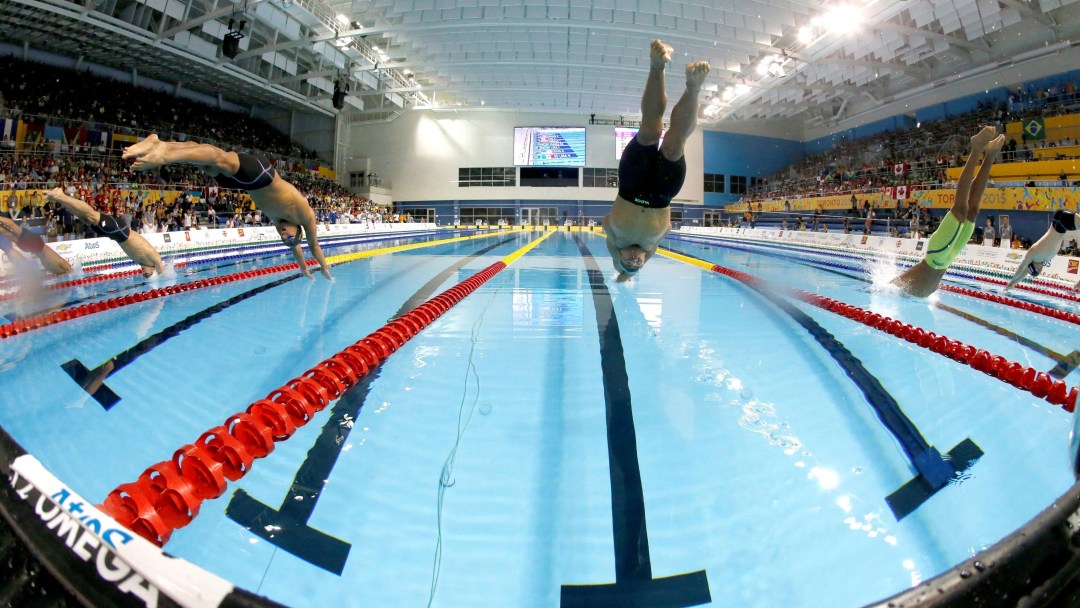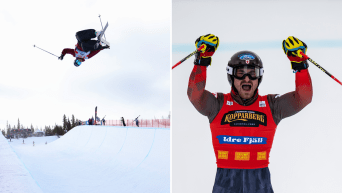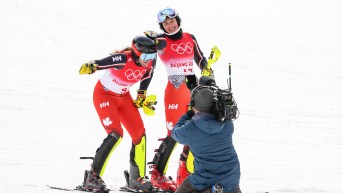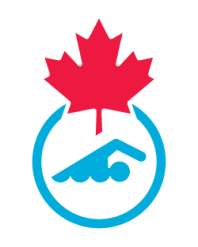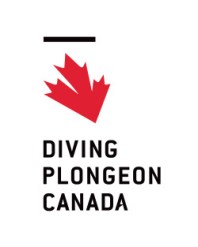Canadian aquatic facility crisis may make finding the next Summer McIntosh a challenge
Summer McIntosh‘s achievements at the recently concluded World Aquatics Championships in Singapore surpassed those of any Canadian swimmer that came before her.
She won four gold among her total of five medals. And at 18 years old, she became the most decorated Canadian of all time at the World Aquatics Championships with 13 career medals.
While they celebrate her historic performance, swimming leaders, including Jocelyn Jay, Associate Director, Sport Development at Swimming Canada, are also sounding the alarm. They say this level of success isn’t sustainable in the long term because of what they call an aquatic facility crisis in the country, making it difficult for young people to access the sport from coast to coast to coast.
“I think it’s great we’re seeing this awesome success now and that this is piquing the interest of so many young girls and boys who want to be the next Summer McIntosh, but 20 years down the road, many of them won’t have a pool where they can swim in Canada,” said Jay.
To highlight her point, Jay points to a Facility Toolkit in which Swimming Canada did a deep dive into aquatic infrastructure across the country.
The report noted that, as of 2020, there were 5060 publicly-owned aquatic facilities across Canada.
Nearly half of them were rated as poor or failing. Most were built before 2000, and with a life span of 30 to 40 years, are coming close to the end of their life cycle.
Jay says pools are often paid for by municipalities and universities, but given the financial constraints many of them are facing, there are many examples from all over the country where pools have either been shuttered or simply patched up to keep them operating.
Laurentian University in Sudbury, Ontario—famous for being the training location of Canadian swimming legend Alex Baumann—had to close its 50m pool in 2020. It was the same fate for the pools at the University of Victoria in 2024 and Acadia University in Wolfville, Nova Scotia just recently in June 2025.
The Vancouver Aquatic Centre, which hosted national championships in the 1980s and 1990s, will close its 50m pool when renovations begin in 2026. The Aquatic Centre is being refurbished with only a 25m pool, which leaves half the space for swimmers in the community. A swimming club president there likens it to trying to swim in a sardine can.
“After every Olympics, we have seen an influx of swimmers who want to be the next Summer [McIntosh]. But we are hearing from clubs that they have waitlists because they simply don’t have the space in the pool for the pools that remain,” Jay says.
In Vancouver alone, there are at least 8000 people on waitlists for swim programs.
Jay adds the issue has been in the news in Toronto this year as well, where the Toronto District School Board has been considering shutting down several of its pools to save millions of dollars.
“We know we as a country are facing many urgent priorities when it comes to nation building projects. Sport is often overlooked, yet it is a key foundation to who we are as Canadians. When you build a recreational community hub that allows people of all ages to exercise and stay active, it’s something that is crucial for every Canadian and their physical and mental well-being.”
Jay points to the Toronto Pan Am Sports Centre (TPASC) as an example of the type of community facility Canada desperately needs to see in more places. TPASC was built for the Pan Am and Parapan Am Games in 2015 and is shared between the city of Toronto, the University of Toronto Scarborough, and high performance athletes. The centre, where 72 per cent of Team Canada’s swimmers from the Paris 2024 Olympic Games train, also features learn to swim programs for newcomers, moms and tots, aquafit for seniors, and a walking track that is popular with people of all ages. Last year, TPASC had a record 1.7 million visitors.
READ: We are all Team Canada on display at legacy facility of Toronto 2015 Pan Am Games
The crisis around facilities comes at the same time when Canada’s National Sport Organizations (NSOs) are facing dire straits. Most have had their budgets cut and have had to reduce programming and staff, which creates barriers for young people who want to participate in organized sport.
“We need to work with provincial premiers and federal ministers to create a long-term strategy to deal with this crisis. We can all enjoy the summer of Summer. But the next generation need facilities and access to them, too, to start their journey,” Jay says.

